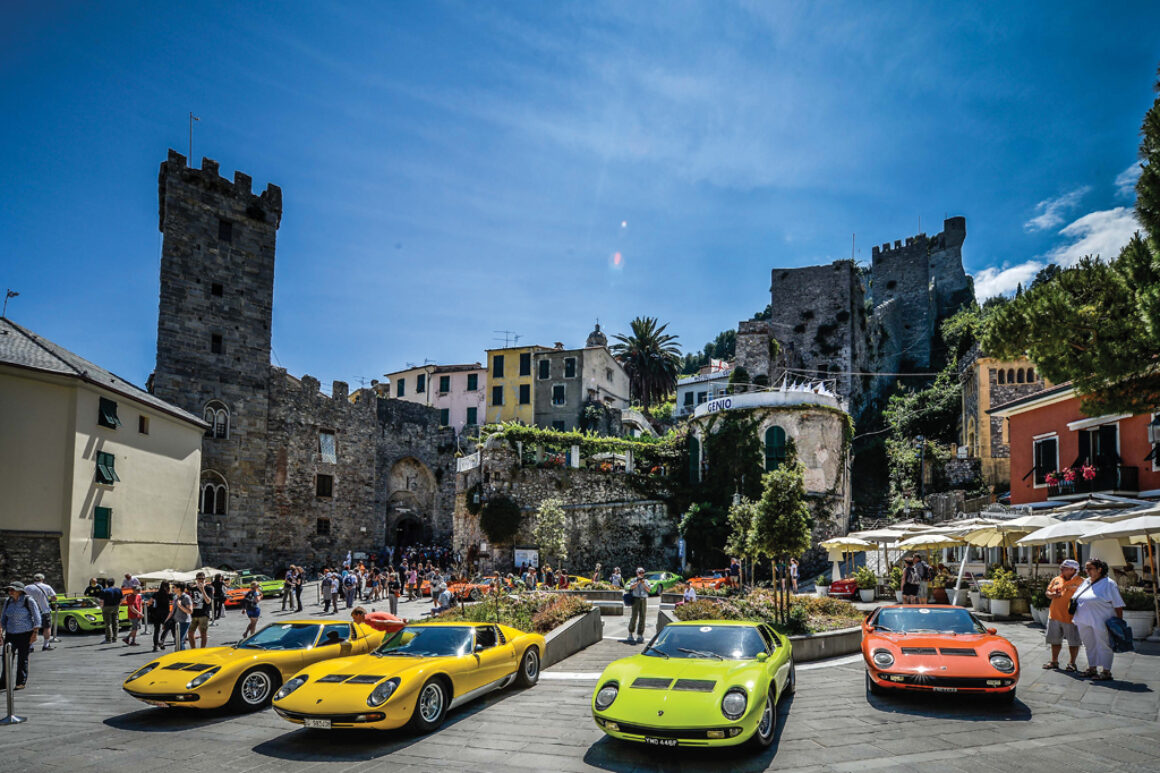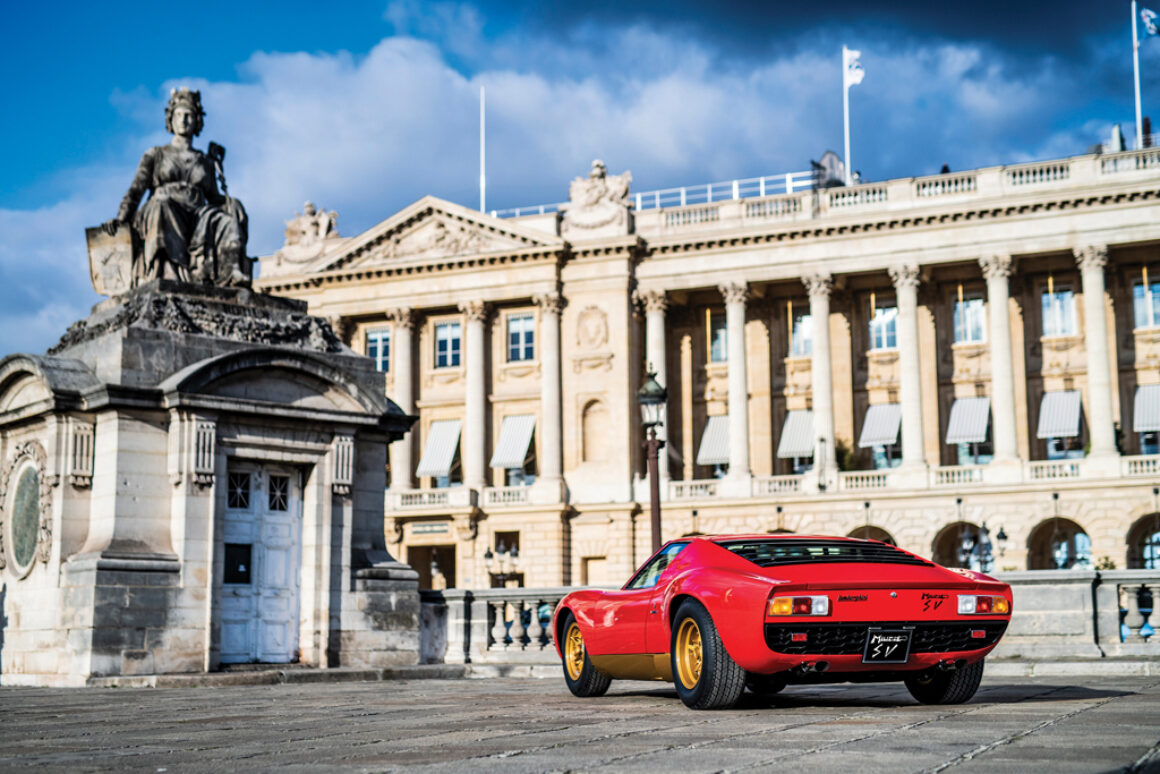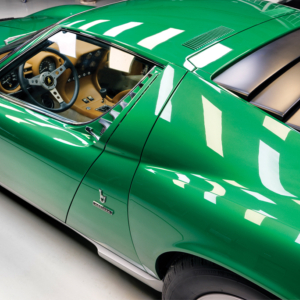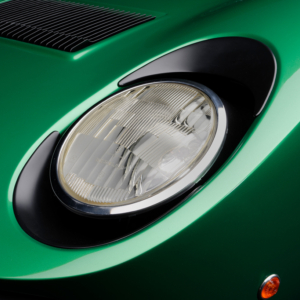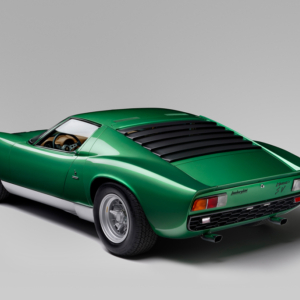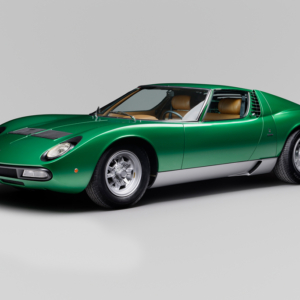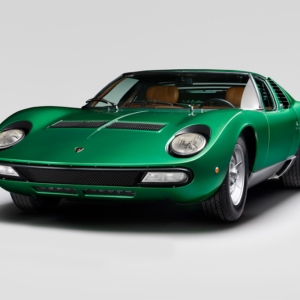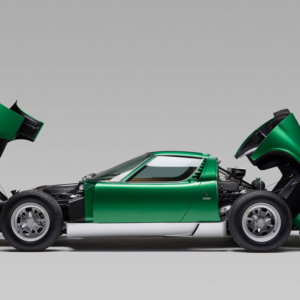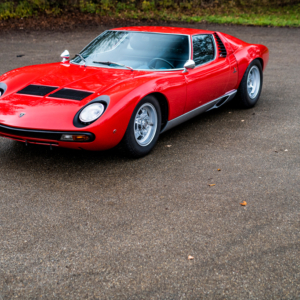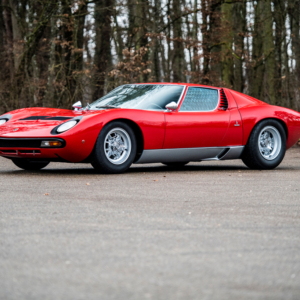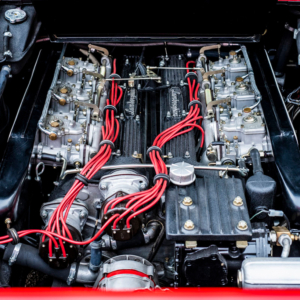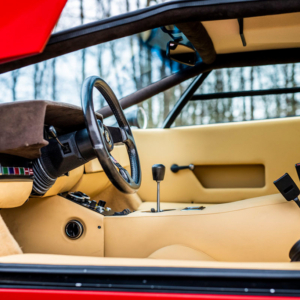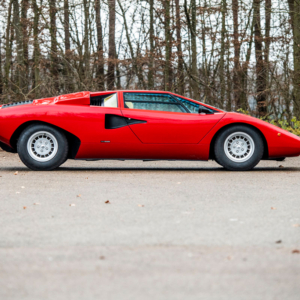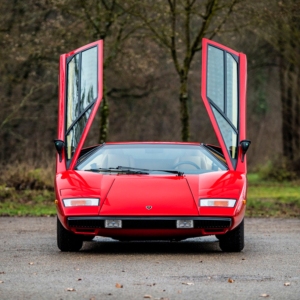Lamborghini Miura
The Lamborghini Miura is a sports car produced by Italian automaker Lamborghini between 1966 and 1973. The car was what the world considered to be the first supercar and today is highly collectable for its unusual style.
Very few cars managed to change the automobile world like the Miura. With its central engine and fascinating body designed by Marcello Gandini for Bertone, in 1966 Lamborghini redefined the concept of Super Car. Sceptical about the possibility of selling a large number of this sports car, Ferruccio Lamborghini decided to produce it on a small scale. Between 1966 and 1969 275 models of the 350 HP Miura were made and it was not until 1969 that its evolution was launched on the market, the 370 HP Miura S, with the ‘S’ for Spinto.
The youngest team
The car was designed by the youngest team in Lamborghini’s history, with the average age of 29.
From the very beginning of his entrepreneurial history, Ferruccio Lamborghini wanted to give ample space to brilliant and capable young people, and the Miura project is a prime example of this choice.
With the aim of challenging the competition of the time and getting his company off the ground, Ferruccio made use of talented collaborators selected from universities and from among the youngest professionals in the automotive world. In 1966, with an average age of just 29, the youngest in the history of the Sant’Agata brand, designer Marcello Gandini and test driver Bob Wallace, both 28, along with chief engineer Gian Paolo Dallara and assistant engineer Paolo Stanzani, both 30, brought to life the Miura, an extraordinary car that was destined to become a legend.
All these young men subsequently became absolute masters in their respective fields in the automotive world, a clear testimony to Ferruccio Lamborghini’s far-sightedness in believing in their abilities.
In with the new
The new Miura S would have a modified rear suspension and would received the then new, state of the art series 70 Pirelli Cinturato radials.
But the most important change over the very first models was the use of heavier-gauge steel on the chassis, starting with Miura chassis nr. 125 on (according to Lamborghini records), the metal thickness was brought up to 1 mm from 0.9 mm to avoid flexing at high cornering speeds.
This higher resistance chassis would be required because the Miura S could deliver no less than 370 Bhp at 7700 rpm on the rear wheels. The combustion chambers were reshaped, higher-lift cams and larger carburetors on fatter manifolds boosted power to a claimed 370 bhp.
You might expect the new Miura S to be faster than it’s P400 sibling, but unfortunately the new tires, which did help road holding and overall handling, absorbed most of this power increase.
Individual testing unveiled a top speed of the Miura S between 270 and 280 Km/h (169 to 173 Mph), later it would become obvious the Miura S was one of the fastest Lamborghini ever, it was even faster than the wild Countach S series, which did boast massive tires at the rear and big wings and spoilers, but these also increased drag, so the Miura S was quicker. This was even obvious when measuring the standing Km, which the Miura S could reach in only 24.1 to 26 seconds. The quarter Mile was reached in a mere 13.9 seconds at a speed of 107.5 Mph… a time that would be very hard to beat back in the late Sixties or even the early Seventies.
Diminutive height
The Miura was the lowest production road car at 105.5cm in height. In the sixties, low height and sinuous, aerodynamic forms were the most important aspects in the minds of designers developing a sports car.
At just 105.5 cm in height, the Lamborghini Miura was the lowest mass-produced car ever, a record that is part of Lamborghini’s DNA. Still today, this styling feature is an integral part of the shape of Lamborghini cars.
During the S model production, ventilated disc brakes were introduced, still utilising the well-known Girling calipers, but now using new brake pads. Power windows soon became standard and on the inside, a lockable glove-compartment would be installed. The original wood-rimmed steering wheel was replaced by a leather wrapped one and you could even order an optional radio if the sound of the engine would ever bore you.
Other options were a non-standard colour, metallic colour, VIP intereior in leather, a set of suitcases, VIP pearlescent colours, air-conditioning and for a right-hand drive car you had to add another 500.000 Liras, so very few RHD Miura were ever built. Naturally there was a stylish ‘S’ at the rear of the car.
Specification
Type: Miura P400 S
Years: 1969 – 1971
Production: 338 units
Engine: V 12 – 4 litre displacement
Power: 370 hp @ 7,500 rpm
Max. Speed: 285 km/h
